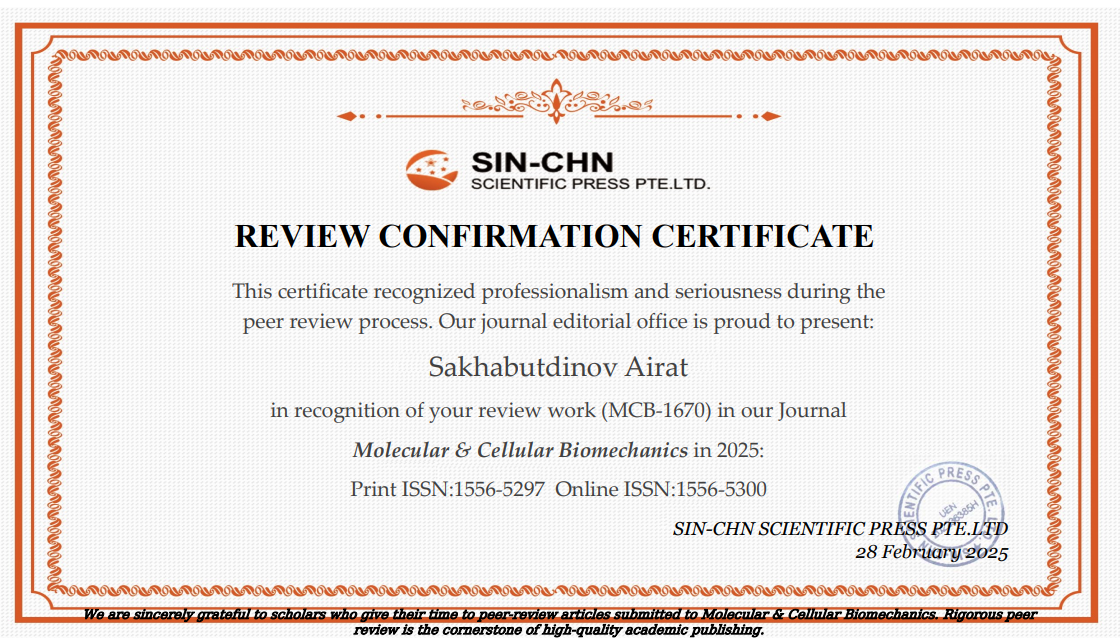Wonderful news! Today, the Higher Attestation Commission has officially approved the academic degree of Candidate of Technical Sciences (PhD) for my student, a postgraduate from Yemen — Mohammed Raqeeb Thabit Mohammed Qaid.
Mohammed has proven himself to be a talented young researcher, distinguished by his tremendous diligence, perseverance, and genuine passion for science. By the time of his dissertation defense, he had already authored over 20 scientific publications in peer-reviewed international journals. And what is especially gratifying — he hasn’t slowed down since the defense, continuing to actively pursue research and maintain a strong publication record.
His dissertation, entitled “Combined Fiber-Optic Sensors for Local Temperature Monitoring with Radio-Photonic Interrogation,” was successfully defended in December 2024 at KNRTU-KAI, Department of Radiophotonics and Microwave Technologies. The work received high praise from the academic community.
I sincerely congratulate Mohammed on this important milestone in his life and wish him great scientific success, new discoveries, and continued inspiration!







